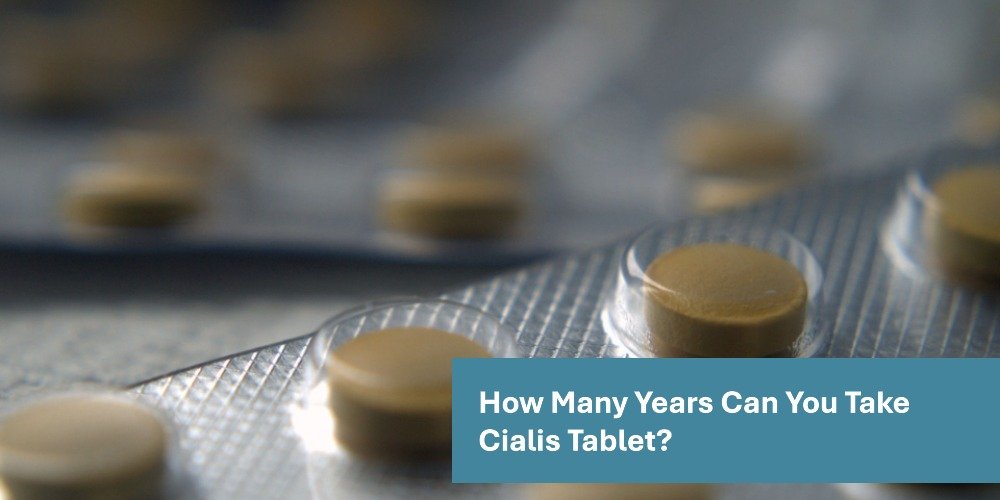No, Viagra (sildenafil) does not significantly increase glucose levels in the body. In fact, some studies suggest that sildenafil may help improve insulin sensitivity and glucose metabolism, particularly in people with type 2 diabetes.
Detailed Explanation
Sildenafil is a phosphodiesterase type 5 (PDE5) inhibitor. Its effects on blood sugar are related to its mechanism of action:
Increased Insulin Sensitivity: Studies show that sildenafil can make your body more responsive to the insulin you produce.
This improvement in insulin sensitivity means your muscles are better at taking up glucose from the bloodstream, which helps to lower your circulating glucose levels.
Mechanism of Action: This beneficial effect is thought to be due to how the drug works at a cellular level.
Sildenafil prevents the breakdown of a chemical called cyclic GMP (cGMP)
Increased cGMP levels help to relax blood vessels, which is known for its role in improving blood flow.
Researchers believe that this cGMP increase also enhances insulin sensitivity in muscle tissue, promoting the movement of glucose transporter 4 to the cell membrane to facilitate glucose uptake.
Fasting Glucose Reduction: In some studies involving obese diabetic male patients with metabolic syndrome, treatment with sildenafil 25 mg daily for 3 months caused a reduction in fasting glucose levels.
Safety Considerations for Diabetics
People with diabetes should use Viagra tablet under medical guidance because of potential interactions with blood pressure and diabetes medications
Monitoring blood glucose remains important during treatment, but Viagra itself does not cause glucose levels to rise.
How does Viagra Affect Insulin Sensitivity Mechanisms?
Viagra (sildenafil) affects insulin sensitivity primarily by inhibiting the enzyme phosphodiesterase type 5 (PDE5), which increases the levels of cyclic guanosine monophosphate (cGMP). This has several beneficial effects on insulin sensitivity mechanisms:
Sildenafil increases insulin sensitivity in tissues by improving endothelial function and enhancing blood flow, which facilitates better glucose uptake in muscles, a key action in improving insulin sensitivity.
Studies in prediabetic patients showed that sildenafil treatment for three months significantly improved insulin sensitivity indices without affecting insulin secretion, indicating its primary action is on tissue responsiveness to insulin rather than insulin production.
Increased cGMP due to PDE5 inhibition may promote better glucose metabolism and reduce insulin resistance by signaling pathways that enhance glucose uptake and utilization in muscle cells.
Additionally, sildenafil improved fibrinolytic balance and reduced markers of kidney stress (urine albumin) in prediabetic individuals, suggesting broader vascular benefits linked to improved metabolic function.
Can sildenafil worsen blood sugar control in people with diabetes?
No, sildenafil (Viagra) does not worsen blood sugar control in people with diabetes. In fact, several studies suggest it may slightly improve insulin sensitivity and support better glucose regulation, though its effect is mild and not a substitute for diabetes medication.
However, sildenafil does not replace diabetes medication or lifestyle management. Its impact on blood sugar is minor, and you should still monitor glucose levels regularly. Rarely, if taken with other medications that affect blood pressure or circulation, sildenafil may alter your body’s response slightly but not to a degree that worsens diabetes control.
What are the risks of taking Viagra with common diabetes meds?
Taking Viagra (sildenafil) with common diabetes medications carries some risks due to potential drug interactions and effects on blood pressure and blood sugar control.
Key Risks of Combining Viagra with Diabetes Medications
Blood pressure drops: Viagra can lower blood pressure, and when combined with diabetes medications that also affect blood pressure (such as ACE inhibitors, ARBs, or diuretics), the combined effect may cause excessive blood pressure reduction, leading to dizziness, fainting, or even cardiovascular complications.
Hypoglycemia risk: Some oral diabetes medications and insulin lower blood sugar, and since Viagra can improve insulin sensitivity, there is a slight increased risk of hypoglycemia (low blood sugar episodes) when taken together, so blood glucose levels should be carefully monitored.










